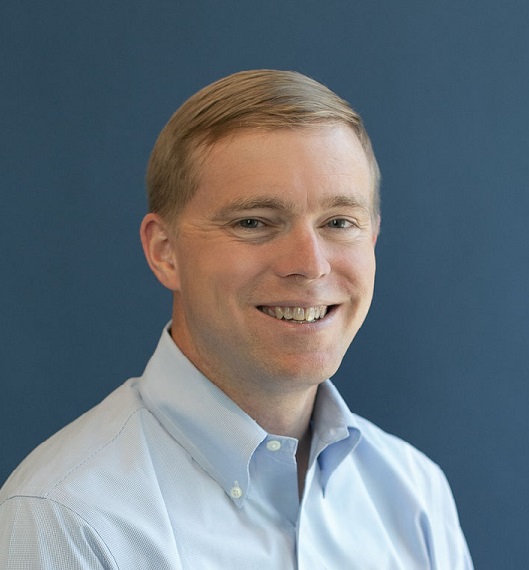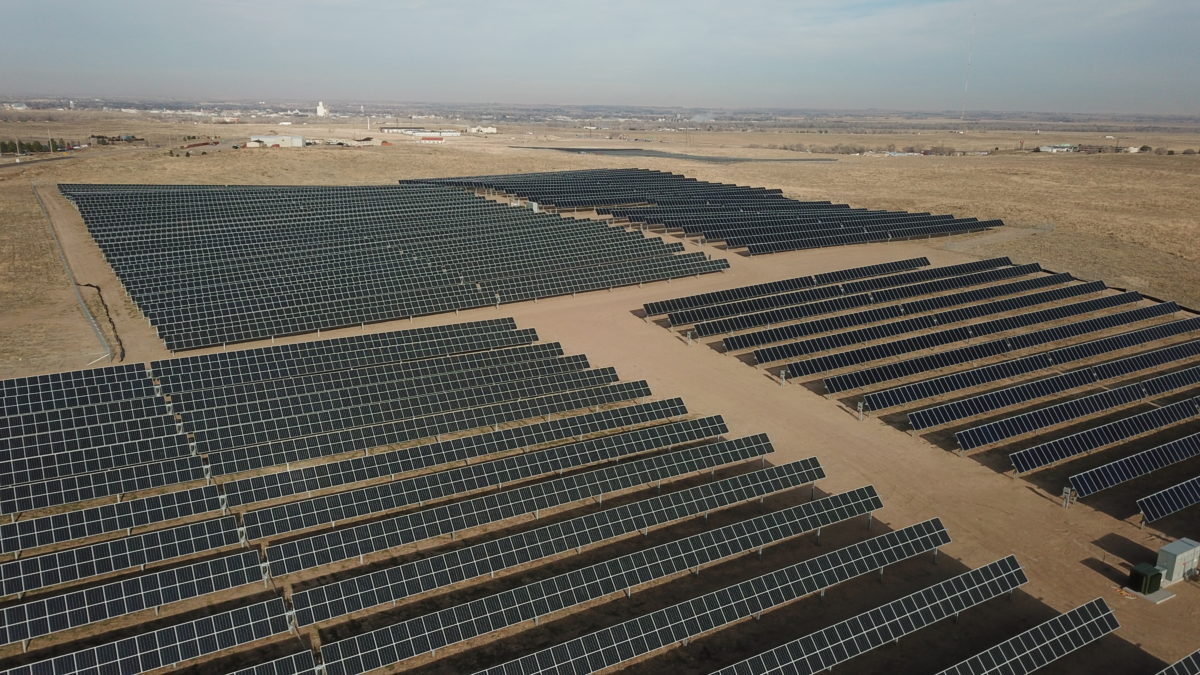The way the United States manages electricity was transformed over 40 years ago with legislation that established open access to the transmission level of the electricity grid. Known commonly as PURPA, it created independent system operators (ISOs) across the country to manage supply and demand in an unbiased manner. While the legislation had a tremendous impact, we now face a dire need to revisit how electricity markets are structured to accommodate the rapid influx of renewable energy systems that the Inflation Reduction Act will likely bring to the grid. It’s time to expand the PURPA approach to the distribution level of the electricity grid.
The sad truth is that our electricity markets currently lack the ability to accept the vast amounts of renewable energy capacity to meet state targets and corporate commitments to procure clean energy. A study by Princeton University found that high-voltage transmission capacity would need to expand by 60% to meet clean energy targets, representing billions of dollars in needed utility upgrades.
However, we can avoid much of this need by siting renewable resources closer to where they are needed – at the distribution level of the grid. In order to do so, we will need to take several key steps to solve major system barriers to expanding renewable energy on the grid. The good news is that with some policy improvements – some major and some minor – renewable energy capacity at the distribution level can meet needs without the long lead time required for larger, utility-scale resources.
Step 1: Unlock grid congestion data for more transparency
Across most of the United States, it’s relatively unknown to renewable energy developers how the grid will be able to handle the influx of new power generation at a particular location of the grid. This lack of transparency leads to cost uncertainty for developers and delays as projects get assessed for their grid impact and potential costs.
The California Public Utilities Commision (CPUC) found a solution to this issue by requiring the state’s largest utilities to show where new renewable energy and energy storage capacity can be added to the grid without costly upgrades. While not foolproof, these interactive maps are a welcome feature that should be adapted across the country as a first step towards transparency. All utilities should have this data at their fingertips, so this step should be fairly straightforward to achieve.
Step 2: Integrate distributed generation into grid planning
While conventional thinking would suggest that large, centralized power stations would provide economies of scale benefits, the traditional approach to utility grid planning only considers the transmission level of the grid. Moreover, it fails to consider the costs and benefits of energy resources at the distribution level, such as community solar and energy storage.
Utilities should be encouraged and incentivized to participate in the growth of distributed energy resources. For example, community solar programs in Colorado have included the participation of both private developers as well as the state’s largest utility, Xcel Energy. This approach may reduce the opportunity available to non-utility investors, but it does provide a more sustainable approach that isn’t at odds with the future of the electric utility as we know it.
In addition, regulators should require utilities to plan for widespread deployment of local solar and storage when spending billions on hardening and upgrading the grid, as many utilities are currently requesting to do. Regulators, utilities, and developers can and should work together to build these grid upgrades that allow for distributed energy. This would result in lowered costs and increased speed to deployment for new resources that bring significant societal benefits.
Step 3: Enact legislation and regulation that allows for long-term, proactive distributed generation growth
Through state legislation and regulation, some states are already fostering the growth of distributed generation. Located in close proximity to end users, distributed generation provides unique resiliency and reliability benefits. Projects have less environmental impact and reflect a lower interconnection burden on the grid.
Because the distribution level of the grid lacks open access, state legislation is required to create programs that allow renewable energy developers to build projects to serve local communities. Some states, like Illinois, have generous program incentives to encourage new capacity. While the incentives are welcome, the main benefit of these programs is that they create a process to add distribution level capacity to the grid. Developers flock to states with such programs until they are exhausted, then move to the next state with open capacity. The business model is akin to playing a game of whack-a-mole across the United States to find the next renewable energy market.
Instead, states should work to proactively enable their grid to deploy more distributed energy through a more market-based approach with increased transparency. The actions mentioned in Steps 1 and 2 are good starts toward this, but more can be done. An ideal system would provide a scaled approach to both grid access and applicable incentives that reflects the need for capacity and the potential benefits that a given project would provide. A 2020 study by the Local Solar for All Coalition shows that the public stands to reap over $400 billion in savings and two million jobs by 2050 from a more local and clean electricity grid, not to mention its importance to fighting climate change.
New York has taken such an approach to distributed generation policy through their relatively new “Solar Value Stack” model that appropriately incentivizes and directs deployment of renewable energy. Through this approach, each project is assigned a value to the grid by combining the local wholesale price with benefits like reduced carbon emissions and cost savings to customers. It’s the closest thing that we have today to proactive planning for projects that match grid needs.
The Coalition for Community Solar Access released a report earlier this year that outlines specific policies that states and utilities should follow to modernize the grid. It also encourages support for state regulators and policymakers so that they have the resources available to create effective policy.
Step 4: Create an independent body to manage the distribution level of the grid
Unlike the framework created by PURPA for the transmission level of the grid, the distribution level currently lacks an independent body to facilitate the buying and selling of electricity. Instead, electric utilities fully manage access with monopoly power of the local grid. Because state action is required to create special programs that set aside capacity for distributed generation projects, solar developers face unnecessary delays and market uncertainty, such as the 18-month waiting period in Massachusetts for new capacity. While the New York model is already an improvement, we can go a step further.
The solution is to create independent distribution-level entities that facilitate open access, just like ISOs are currently doing at the transmission level. Utility companies will likely object to such ideas, driven by concerns about an erosion of market share and loss of control of customer relationships. However, utilities have a key part to play in the grid of the future. They should be profitable, sustainable entities that are compensated appropriately for access to a grid that they manage.
This more granular take on an ISO means the creation of distribution system operators, or DSOs, to serve as referees to facilitate another part of the electricity supply chain. Under such a framework, utilities would still be paid for managing grid infrastructure and the power that they produce. In addition, distributed generation project owners would have open access (like at the transmission level) to sell electricity and much more transparent paths to interconnect projects.
A 21st Century PURPA
The climate crisis has already brought significant changes to the electric grid. The cost of renewable energy has steadily decreased over the past decade. New technologies, like energy storage, are adding even more value to the grid by maximizing the impact of renewables. Community solar now represents a sweet spot through optimally sized projects that better serve the local environment and consumers alike. But we need to do more, and we need to do it faster.
The good news is that there is already a framework from the 1970s “energy crisis” that can be adapted to help solve our existing “climate crisis”. While the framework that PURPA created may not be perfect, it provides a good lens through which we can see the grid of the future. Our overarching goal should be a new system that works to solve the existing climate crisis by fostering more renewable energy on the electricity grid.
 Tom Hunt is the CEO of Pivot Energy, a national provider of community and commercial distributed energy solutions. Prior to Pivot, he served as Senior VP of Corporate Development at Clean Energy Collective and Senior Policy Advisor at the Colorado Governor’s Energy Office. In these roles he has overseen construction and operations of solar projects, created multiple state markets for community solar, and initiated significant investment in electric vehicle charging stations. He also managed to not start too many lab fires in a prior career as a biofuels chemist, has an undergraduate degree in biochemistry, and earned two graduate degrees in energy economics.
Tom Hunt is the CEO of Pivot Energy, a national provider of community and commercial distributed energy solutions. Prior to Pivot, he served as Senior VP of Corporate Development at Clean Energy Collective and Senior Policy Advisor at the Colorado Governor’s Energy Office. In these roles he has overseen construction and operations of solar projects, created multiple state markets for community solar, and initiated significant investment in electric vehicle charging stations. He also managed to not start too many lab fires in a prior career as a biofuels chemist, has an undergraduate degree in biochemistry, and earned two graduate degrees in energy economics.
The views and opinions expressed in this article are the author’s own, and do not necessarily reflect those held by pv magazine.
This content is protected by copyright and may not be reused. If you want to cooperate with us and would like to reuse some of our content, please contact: editors@pv-magazine.com.








Could we get some diagrams / graphs or graphics? Sorry, but within a few paragraphs, it all became word salad. Thanks